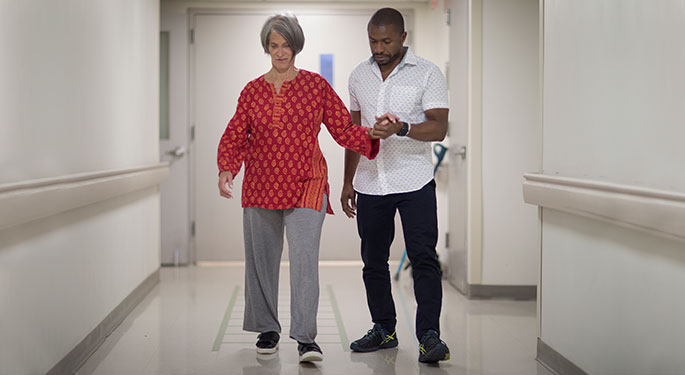One of the primary methods used to reduce breathing difficulties in physical therapy is the application of regulated breathing activities. These activities often concentrate on diaphragmatic breathing, which encourages patients to use their breathing muscle rather than their upper thoracic muscles when inhaling. This method helps to maximize lung volume and effectiveness. Additionally, pursed lip breathing is another technique that can be helpful. This method requires inhaling through the nose and exhaling slowly through pursed lips, which can help to keep airways clear longer and render breathing feel more manageable. By including these exercises into therapy sessions, physical therapists can provide patients with tools to manage their dyspnea both during and outside of their appointments.
Another crucial aspect of controlling breathing difficulties in physical therapy is the development of an personalized exercise program. Customizing exercises to satisfy the specific needs and abilities of each patient is essential. Therapists should gradually integrate aerobic exercises, such as ambulating or cycling, in a structured manner, allowing patients to build their endurance over a period. This progressive method helps patients to feel more at ease with physical activity while simultaneously improving their lung capability and overall endurance. It is important for therapists to monitor patients closely during these activities to make sure they are not overexerting themselves, which could result to increased difficulty of breath.
Education also plays a significant role in alleviating breathing difficulties during physical therapy appointments. Providing patients with information about their condition and the factors behind breathing difficulties can enable them to take charge of their health. Therapists can explain how factors like anxiety, posture, and surrounding conditions can influence breathing. By understanding these concepts, patients can discover to control their symptoms more efficiently. Techniques such as anxiety reduction methods and proper body mechanics can additionally assist in minimizing the effects of breathing difficulties during daily activities and therapy appointments.
In summary, effectively alleviating breathing difficulties in physical therapy appointments involves a combination of breathing activities, personalized exercise programs, and patient teaching. By implementing these effective methods, physical therapists can help patients control their breathing difficulties and improve their overall well-being. Working evidence based approaches in physical therapy together between therapists and patients is crucial to create tailored interventions that address individual needs. With the right support and techniques, patients can experience relief from breathing difficulties and engage more completely in their physical therapy journey, ultimately leading to a better standard of life.
